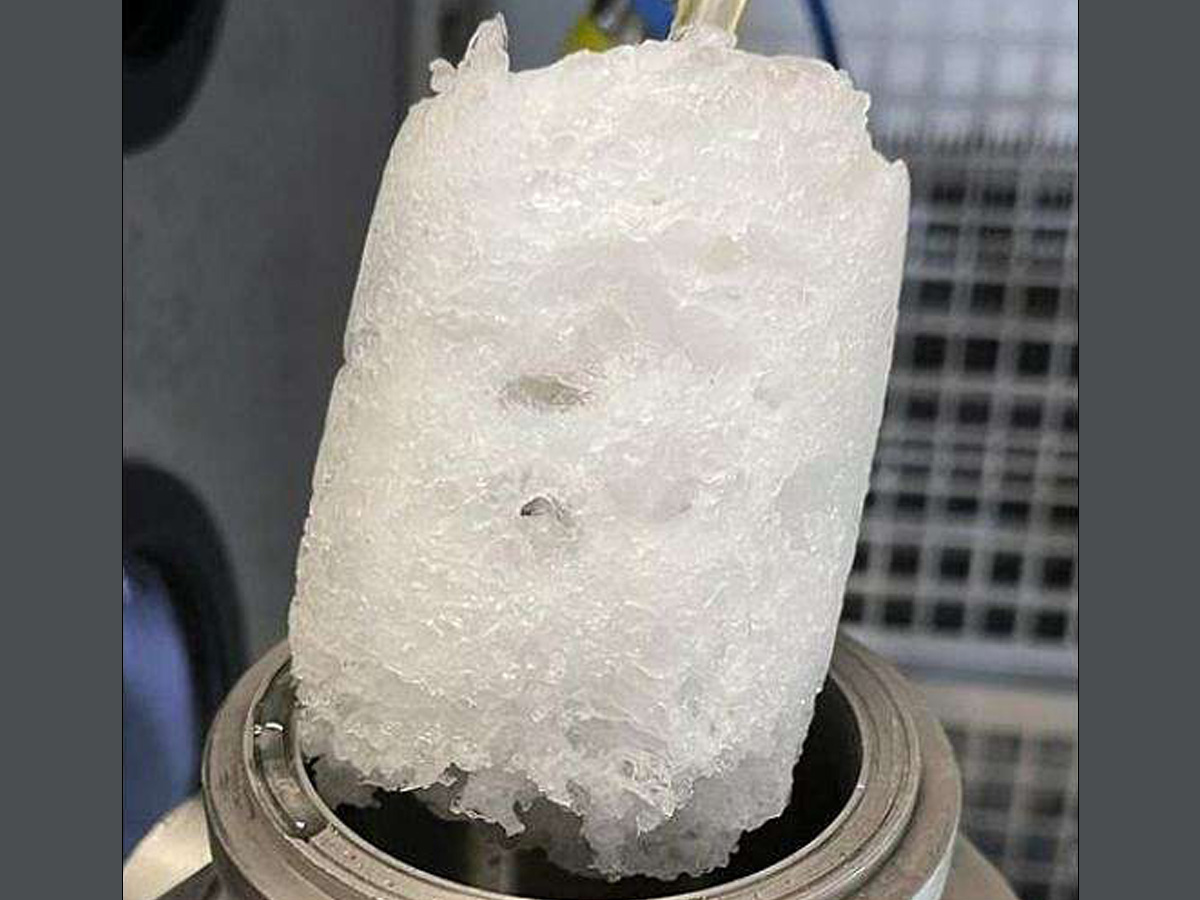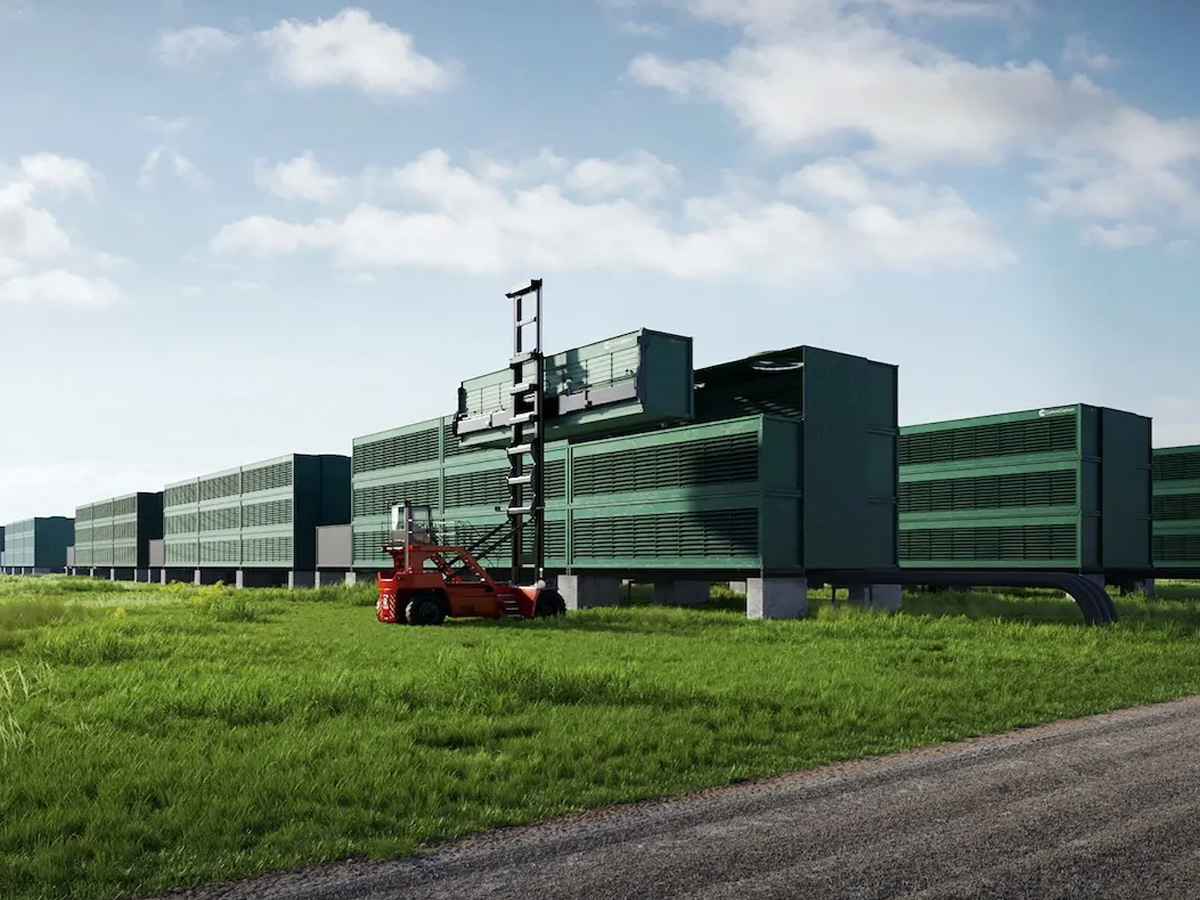The planet is far past the point of being able to avoid Climate Chaos by simply reducing the amount of carbon dioxide humans discard into the atmosphere. The fact that Category 5 hurricanes are now occurring very early in the season along with the warming of oceans and the rising of sea levels means that severe rain and flooding will be hitting our communities more frequently and with greater severity in the coming years.
We are now in the “BOTH AND” phase of fighting climate change. That means humans BOTH need to work to reduce future carbon dioxide production AND try to figure out how to capture and sequester the carbon-based greenhouse gases that have already been emitted into the atmosphere. Traditionally, this process has been found to be very challenging to do and highly energy intensive (thereby potentially creating even more of the dangerous carbon gas by-products).

The Carbon Capture and Sequestration Process
Recently, however, a team of researchers at the University of Texas at Austin has made a significant breakthrough in carbon sequestration technology; offering a promising solution to the urgent global climate crisis. Their innovative approach, detailed in a recent study published in Nature Communications, will hopefully revolutionize the way we capture and store carbon dioxide emissions. In the past, traditional carbon capture and storage (CCS) methods often involved complex and energy-intensive processes. However, the UT Austin team’s technology offers a more efficient and scalable alternative. By leveraging a novel material called a metal-organic framework (MOF), they have developed a system capable of capturing carbon dioxide directly from the atmosphere.

Sequestration Processed Carbon
MOFs are highly porous materials composed of metal ions connected by organic molecules. Their unique structure allows them to selectively adsorb specific molecules, including carbon dioxide. The UT Austin researchers have engineered a MOF with exceptional carbon dioxide capture capacity and selectivity. This enables the material to efficiently extract carbon dioxide from ambient air, even in low concentrations. Once the carbon dioxide is captured, it can be stored underground or converted into valuable products, such as fuels or chemicals. This dual-purpose approach not only addresses the issue of greenhouse gas emissions but also provides economic benefits and incentives.

A field of large-scale carbon capture units
One of the key advantages of the UT Austin technology is its scalability. The MOF-based system can be easily scaled up to accommodate large-scale carbon capture operations. This makes it a viable solution for industries with significant carbon footprints such as power generation, manufacturing, and transportation. Furthermore, the researchers have demonstrated that their technology can be integrated into existing infrastructure. This means that it can be retrofitted to existing facilities, minimizing the need for costly new construction.
The development of this new carbon sequestration technology is a major step forward in the fight against climate change. It offers a practical and effective way to reduce greenhouse gas emissions and mitigate the impacts of global warming. As these technologies continue to evolve, they have the potential to play a crucial role in the transition to a more sustainable future. The UT Austin team’s research is a testament to the power of innovation and collaboration. By combining their expertise in materials science, chemistry, and engineering, the researchers have developed a technology that could have a truly profound impact on the world. As the climate crisis continues to intensify, breakthroughs like this are essential for finding solutions that will help us protect our planet for generations to come.

However, these types of scientific advances can take much longer to implement than would be desired. Everyone who cares about the future and the viability of planet Earth to support human habitation as it has over the last twenty millennium should continue working in their own lives to reduce their “carbon footprints.” Hopefully by taking the “BOTH AND” approach to greenhouse gas reduction and capture, we will begin to turn the world economies around so that they will be environmentally sustainable far in the future.
Ross Sinclair Cann, AIA, LEED AP, is an historian, author, educator and founding Principal of A4 Architecture Inc. He holds architectural and history degrees from Yale, Cambridge and Columbia Universities.
